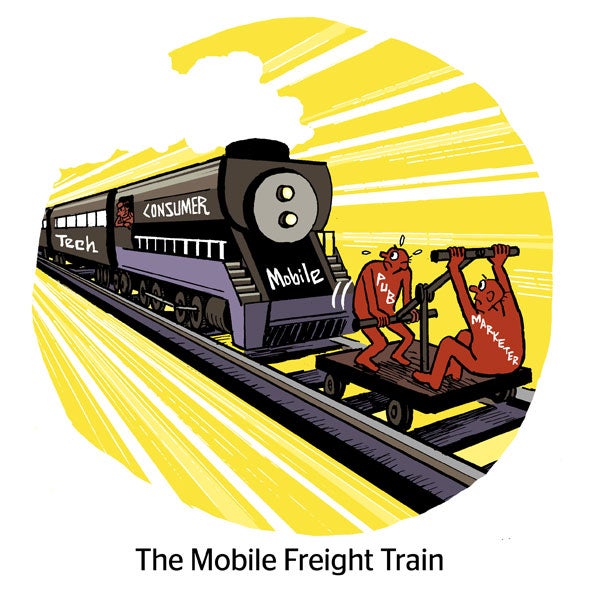Criteo’s Videos
Criteo is pitching retail media networks on video ads, in addition to the more typical sponsored listings, Adweek reports.
It’s a logical step. Videos are worth more, after all. And there’s video-esque retail media inventory already, including shoppable social ads or digital out-of-home placements in and around stores, such as gas pumps. Criteo’s investors would probably love to see a “video” segment.
And video advertising is Amazon’s golden goose. Criteo can’t recreate Fire TV or Prime Video, but even Amazon’s on-site video ad features are valuable in their ability to showcase product features.
Amazon’s sponsored videos often demonstrate a particular product aspect – how a dress hangs and moves on a person or how a specialty peanut butter is “drizzleable.”
Also, Amazon’s in-feed video placements have become a signifier of legitimacy. Any old product reseller or lookalike can pay for better placement in the feed. But Amazon is judicious with branded videos, which generally go to enterprise sellers or direct brand accounts and serve for high-intent searches.
Also, Amazon charges a cost per click for its video ads, like search ads. So advertisers can get sweet free placements when a video rolls but isn’t clicked. Criteo’s video ads will probably serve on a CPM.
Two Decades Of YouTube
YouTube turned 20 years old yesterday. And it’s on track to become the biggest media company in the world, as measured by earnings, by the end of 2025, CNBC reports.
YouTube is the second-most visited site globally, behind only Google’s search homepage, according to Similarweb. If YouTube was a standalone business, it would be worth between $475 billion and $550 billion, per MoffettNathanson.
However, to understand YouTube’s true value, you can’t separate it from the rest of Google’s platform, says RBC Capital Markets’ Brad Erickson. YouTube has access to “contextual data about their user base from other parts of the business that massively benefit their ability to target and drive value with their advertising.”
Plus, advertising isn’t leading at the moment as top growth driver; that honor goes to its subscriptions businesses, like Music, YouTube Premium and YouTube TV. And there are some vulnerabilities in YouTube’s ad business – namely, that it hasn’t monetized its short-form vertical video format, called Shorts, as effectively as its chief rival on that front, which is TikTok.
Still, YouTube and Google Cloud are Google’s key medium-term growth drivers and the company’s best hedge against other parts of its business slowing down (or being forced to divest), says MoffettNathanson.
Loose Threads
Threads was launched as an Instagram appendage almost two years ago, pretty much as an afterthought because so many users were fleeing Twitter after Elon Musk’s takeover. It was more of a troll move, as a total Twitter clone.
But it has mid-tier social network numbers now.
As of this year, Mark Zuckerberg boasts that Threads has amassed almost a third of a billion users and is adding more than 1 million signups per day.
In January, Threads began cautiously introducing ads to some users, Bloomberg reports. And now Threads is ready for a broad release in 30 national markets.
Earlier this month, Zuckerberg also testified before the Federal Trade Commission, and one question that came up was Facebook’s $6 billion attempt to acquire Snapchat two years after its launch. “For what it’s worth, I think if we would have bought them we would have accelerated their growth, but that’s just speculation,” he told the FTC.
But Wait! There’s More
Publishers don’t know what comes next for online advertising, now that Google’s ad tech is ruled a monopoly. [Digiday]
The EU fines Apple $570 million and Meta $227 million for violations of the Digital Markets Act. [WSJ]
60 Minutes executive producer Bill Owens quit. He cited editorial interference from Paramount, which is trying to settle a lawsuit with President Trump that threatens its $8 billion merger with Skydance Media. [Variety]
YouTube TV is redesigning its app to include more multiview options for “non-sports content.” [The Verge]
Thanks for reading AdExchanger’s daily news round-up… Want it by email? Sign up here.














